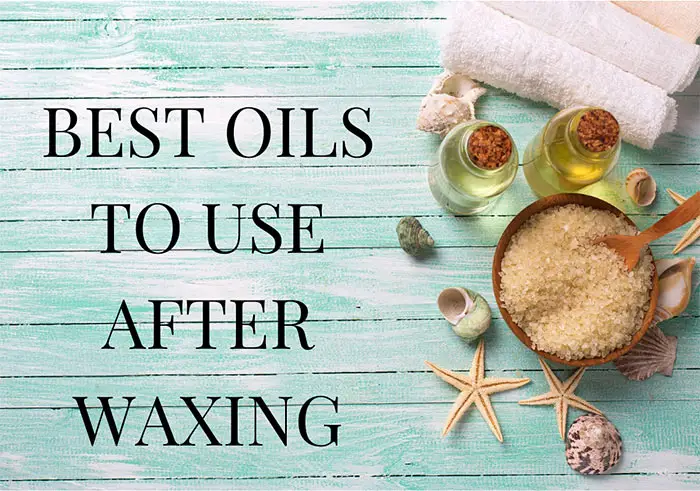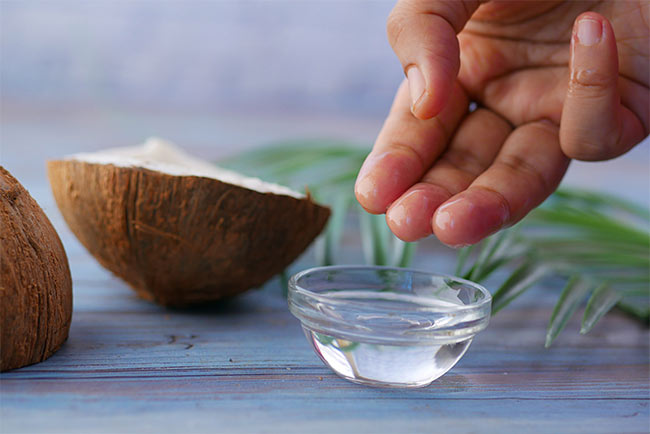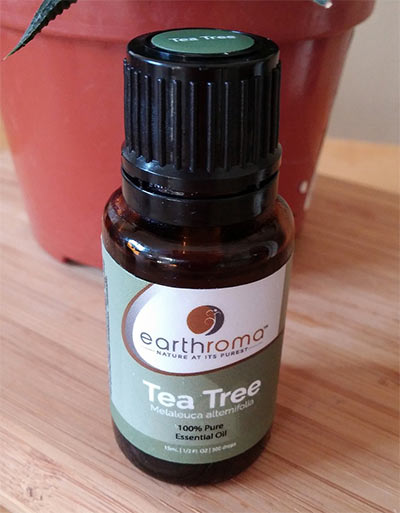
Waxing can leave your skin feeling raw and sensitive. Proper post-wax care is essential for soothing, nourishing, and protecting the skin. One highly recommended aftercare measure is the application of oil. Here’s a rundown of the best oils to use after waxing, whether it’s for your face, armpits, legs, or bikini area.
One of the top recommendations after waxing is to make sure your skin is properly moisturized and nourished. Be it on your face, armpits, legs, or bikini area, the skin needs some soothing after a wax session. This is why it is recommended to use oil for your post-wax care. In this article, we will give the round down of the best oils you should use after waxing.
Disclaimer: This post contains affiliate links which means I may get a small commission if you purchase a product after clicking on a link. This does not cost you anything. As an Amazon Associate, I earn from qualifying purchases.
Table of Contents
Why apply oil after waxing
After waxing your skin is more fragile and sensitive than usual. As such, post-wax care is very important to prevent any irritations and inflammations on the waxed area. Below are the benefits of applying oil on your skin during your aftercare:
- To moisturize the skin – Using oils that have moisturizing properties helps prevent dryness and dehydration of the skin after waxing thus, reducing the risk of irritations.
- To soothe and calm the skin – A lot of natural oils have anti-inflammatory properties that help calm and soothe inflammations and redness that occur after waxing.
- To prevent infections and bumps – Some oils have antibacterial and antifungal properties that can prevent infection in waxed areas.
- To peel off excess wax – Oils are a great way to eliminate left-off wax pieces after a session. Applying oil on leftover wax makes detaching it from the skin easier without causing further irritations.
- To condition the skin – Oils are emollients that soften and smoothen the skin. Applying oil after waxing will help prevent the appearance of bumps by properly conditioning the skin.
- To nourish the skin – Natural oils contain essential fatty acids that help nourish the skin and reinforce the skin barrier. A good example is olive oil which is rich in omega fatty acids.
What is the best oil to use after waxing?
There are numerous products on the beauty market that are made for post-wax care. Some are more effective and pricy than others.
If you are confused about what to get or are scared of using something that may irritate your skin, especially in the bikini area why not look at more natural options.
Below is a list of natural oils that are effective solutions for post-wax care. Plus, they are affordable and easy to find, chances are you even have some of these oils in your kitchen.
Coconut oil
The benefits of coconut for the skin are so many that it is an obvious choice for post-wax care. It is very moisturizing on the skin and has antibacterial and antifungal properties that make it a great choice to prevent infections after waxing.
After waxing, the pores on the skin become more dilated (open) making the skin more vulnerable to infections. Coconut oil is mainly composed of fatty acids like lauric acid, known to prevent the growth of bacteria on the skin.
Coconut oil is also rich in vitamin E which is anti-inflammatory and antioxidant at the same time. Applying coconut oil after waxing your face or upper lip will therefore help calm down any redness present after waxing and will prevent your skin from free radical damage. However, you may want to avoid using coconut oil on your face if you have acne-prone skin as it might clog your pores.

Coconut oil is also a great occlusive and functions as a support to the skin’s barrier function. Our skin is made up of lipids that form the skin barrier whose main role is to keep the skin moisturized and prevent infections. During waxing, most of these oils are stripped off and that leaves the skin more sensitive and unprotected. Once applied to the skin, coconut oil forms a protective barrier that traps moisture and prevents bacteria from infecting freshly waxed skin.
Bumps after waxing are a common occurrence especially on the legs and on the bikini area. These bumps may appear as a result of an infection. Using coconut oil on these parts of your body after waxing is a great way to prevent this from happening. Its antibacterial and antioxidant properties help prevent the growth of bacteria.
It also absorbs into the skin and helps get rid of already present bumps. This oil can also be applied after a Brazilian wax to soothe the skin and prevent the appearance of red bumps.
The best coconut oil for your skin is organic, unrefined, extra virgin coconut oil such as the one you can buy here.
Tea Tree essential oil
Tea tree essential is another great option for your post-wax care. It’s a very potent antibacterial and antifungal oil that helps get rid of any wax bumps or infections you may experience after waxing. For a more comprehensive understanding of its benefits and uses, particularly after waxing, consider reading our detailed article on Tea Tree Oil After Waxing. This oil can be applied on the face, upper lip, bikini, and even on the eyebrow area.

Tea tree essential oil has soothing and anti-inflammatory properties that will help soothe irritations in these very sensitive areas and reduce redness. As is the case with extracts from the tea plant, tea tree essential oil is loaded with antioxidants that will help repair and protect your skin from irritation and free radical damage after waxing.
How to use tea tree essential oil after waxing
This essential oil is very potent and should be used with care to avoid further irritation on newly waxed skin. It is best to use tea tree oil after a couple of days or on irritations that appear a few days after waxing. You need to mix your tea tree essential oil with another carrier oil like olive or coconut oil before applying it to your skin. You can dab the mixture on bumps with a cotton bud, or apply directly all over the waxed area.
You can buy a good quality tea tree essential oil on Amazon here >
Olive oil
Olive oil is also one of the best oils to use after waxing. It has skin conditioning and antioxidant properties that will help soothe any irritations present on your skin.
It can be applied directly on the face or other parts of the body to keep your skin moisturized after waxing. It can also be used to remove wax from the skin for less pain.
Olive oil helps wax glide off the skin thus limiting irritations during waxing.

You can buy a good quality olive oil on Amazon >
FAQs
Can I use baby oil after waxing?
Baby oil is essentially mineral oil and yes, it can be used after waxing. Baby oil will help get rid of wax residue and keep your skin moisturized. It can be applied on the legs, face, bikini area, and armpits.
However, you want to make sure that the formula you use is fragrance-free. Fragrances contain allergens that can easily irritate freshly waxed skin. To be on the safe side pick more natural soothing oils like diluted lavender and chamomile essential oils.
Is rosehip oil good for after waxing?
Rosehip oil can be used for post-wax care. It is rich in antioxidants and vitamin E that will help heal and protect freshly waxed skin.
Can you use jojoba oil after waxing?
Jojoba oil is a wax whose composition is very close to the skin’s sebum thus very moisturizing. It can be used alone or as a carrier oil to dilute post-wax care essential oils like tea tree or lavender essential oil. It has antibacterial and anti-inflammatory properties and is light enough not to clog your pores after waxing.
Can I use sweet almond oil after waxing?
Sweet almond oil can help remove wax residue from the skin. It is safe to use on the face legs and bikini area. It can be used as a substitute for baby oil to protect your skin after waxing.
Can I use sunflower oil after waxing?
Sunflower oil is very rich in vitamin E. It can be applied under the armpits after waxing to prevent the appearance of bumps and keep the skin moisturized.

Petra Nakashian (previously Kravos) is a dedicated natural health and beauty blogger, driven by the loss of her parents to cancer, which led her to meticulously research beauty product ingredients. With over 10 years of experience, her in-depth knowledge has made her a trusted expert in the field. Founder of Be Healthy Now and Green Beauty Talk, Petra recently expanded her expertise with Beauty Insights Hub, exploring a wider range of beauty treatments. Committed to transparency and honesty, her work is a vital resource for navigating the complex world of beauty.

